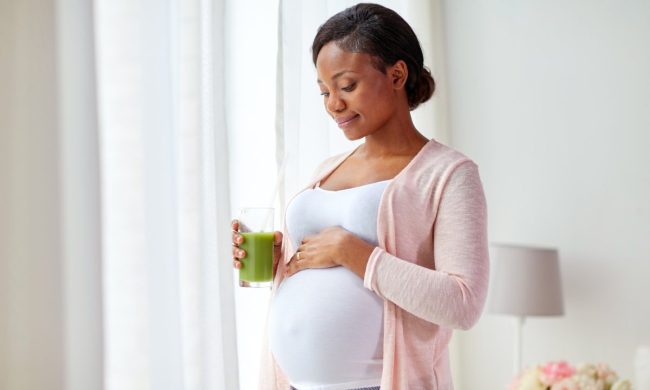There are many ways to grow your family, from pregnancy to fostering to adoption. Within each of those categories are several types of paths to parenthood. For adoption, the choices prospective parents have to make include international versus domestic and private versus foster care. If you’re wondering how to start an adoption, you’re not alone. Just be conscious that there are questions that stretch beyond asking, “How does the adoption process work?”
There are no right or wrong answers, only the best fit for your family. What are your personal goals? Do you want to adopt a newborn? Are you open to adopting a teen? Does your career allow for time off for parts of the process? What is your financial situation? What is your capacity to care for a child with a history of trauma? Are you open to your child having contact with their birth parents? Are you open to transracial adoption? The answers to questions like these will guide you in figuring out the best type of adoption for you. Once you know which kind you want to pursue, then you can get started.

How does the adoption process work?
There is no one way how to start an adoption. It all depends on the type of adoption.
- Private domestic adoption
- Adoption through foster care
- International adoption
- Adoption of family members
Private domestic adoption
If you are pursuing a private domestic adoption, the first step is to choose and sign up with an adoption agency. You will need to interview them to see their fees, their success rates, and their process. After putting together material describing who you are to show to birth mothers, you will then need to wait until you are matched with a birth mother who chooses you as the family for the baby she is carrying. This could take months or years, and there is no guarantee that it will ever happen. When she gives birth, the birth mother will have a period of time in which she can change her mind before a judge signs off on finalizing the adoption.
This type of adoption costs tens of thousands of dollars, but the IRS offers tax refunds for some of the legal fees (made permanent by Congress in 2013). You will need to go through a home study and hire a lawyer as part of the process. Since the infant is raised from you from birth instead of ending up in foster care from abuse or neglect, the child’s trauma is less. However, adoption always has an element of complication to it since separation from a birth family can bring up complicated emotions that deserve to be honored. It is considered best practice to have open adoptions so contact is allowed for questions and relationships to form with the birth family if the child wants that.

Adoption through foster care
If you are pursuing adoption through foster care, you will likely first become certified foster parents in your state. This usually involves taking classes, passing background checks, home studies, and other steps that take weeks or months to complete. Once you are foster parents, you can choose to accept or decline placements offered to you and give guidelines on children you are open to fostering. For example, you can say you want to take children under age five or only children over age five. You do not have to accept placements of children who are not available for adoption. The goal of foster care is family reunification whenever possible, but this does not always happen. If parental rights are terminated, the children will be able to be adopted. The state agency in charge of the children’s care will dictate how the process goes and it can vary.
This option costs little to no money to the adoptive parents. Children can be newborns but are more likely toddlers through teenagers. The median age of a child adopted from foster care is eight, according to Adopt US Kids.
International adoption
With international adoption, the process will vary wildly based on the country you are adopting from. The first step will be to decide which country or countries you are interested in adopting from and to find an adoption agency that deals with adoptions in those countries. This can be as expensive as private domestic adoption and the IRS refund still applies (in 2020, the maximum was $14,300). Your and your new child’s international travel will be added expenses for this process. Children adopted from other countries may have been neglected in orphanages and information on their histories may be unavailable. It is rare to be able to bring a baby home from birth like with a domestic adoption since they will need months of paperwork to be able to leave the country of birth with you.
Adoption of family members
There are also adoptions of family members, such as in a case of a step-father adopting his step-children or an aunt adopting her late sister’s children. In those cases, you can go directly to your local probate court and they can walk you through the process, sometimes for free without a lawyer.
If you can be parents for a child in need of a family and a home, adoption can be a beautiful answer to your desire to become parents or add another child to your nest. Reaching out to an agency is often the very first step and a representative will be able to lead you through the next steps for your specific case.



